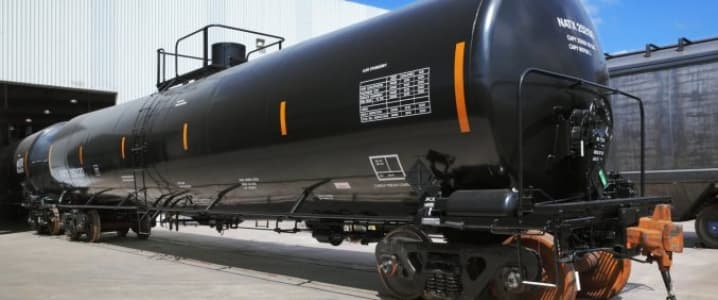The oil sands of Alberta have attracted a lot of attention recently, not just because of the wildfires that took a lot of production offline in May, but also because of longer-term issues such as environmental protection and oil price trends. It seems, however, that they have a reasonably bright future ahead of them.
A GlobalData report has revealed that total capex investments in the oil sands stand at $82.8 billion, of which $40.6 billion worth of new and expanding projects are seen to come on stream over the next ten years. That’s pretty impressive against the backdrop of divestments and cost cuts that have plagued the local oil industry thanks to the oil price rout.
The oil sands are a major contributor to the Canadian GDP. Last month Statistics Canada reported that, because of the wildfires, GDP in May fell by 0.6 percent, which was the weakest monthly development since 2009. The fires in Ford McMurray caused a 2.8 percent contraction in the combined output of goods-producing sectors of the country’s economy, with the output of the mining and oil and gas industries together dropping as much as 6.4 percent. A recent survey from the central bank of Canada suggested the consequences from the oil price drop could be worse for the country than the 2008 financial crisis.
In light of this, the news about solid investments in new oil production from the sands is certainly welcome. What’s not so good perhaps, is that these investments don’t mean that the end of the belt-tightening has come.
On the contrary, as Rigzone quotes GlobalData analyst Adrian Lara, more cost-cutting is in order because the average breakeven point for oil sands operators is still relatively high: for projects that have not been allocated any funding yet, this point is between $40-60 a barrel, says Lara, but for already active projects that need expansion, breakeven falls to as little as $25 a barrel.
Over the recent earnings season, the top three players in the oil sands – Suncor, Cenovus, and MEG – all reported considerable improvement in cost-cutting efforts. What’s more, focus is shifting towards expansion of existing projects – in line with GlobalData’s findings – and away from new, large-scale undertakings. Related: Oil Soars 6 % As Andy Hall Warns Of A “Violent Reversal”
The value of projects expected to come online over the next decade may seem pretty substantial, but make no mistake, oil sands operators are being frugal. Since the start of the year, these companies have raised over C$15 billion in debt and equity, but they are in no rush to spend it on anything besides cheap assets. Suncor, for instance, has spent $6 billion over the last 12 months on expanding its oil sands footprint, taking advantage of cheap prices, prompted by equally cheap crude on international markets.
Companies active in the oil sands know that challenges remain and are proceeding cautiously. The international market for crude is still unbalanced, and it remains uncertain when balance will be regained. There is healthy demand for Canada’s heavy crude from U.S. refineries, but the full effects of environmental legislation on the industry have yet to be seen. There are also problems related to access to water – an essential element of oil sands crude extraction – and the expansion of the pipeline network.
In short, oil sands operators are spending, which is good, and they are spending frugally, which, from their perspective, is even better, raising their chances of turning in solid profits when the price recovery finally happens.
By Irina Slav for Oilprice.com
More Top Reads From Oilprice.com:
- Major Banks Growing More Bearish On Oil Prices
- Why The Bear Market Could Be Over In A Flash
- 6 Signs The Big Global Switch To Solar Has Already Begun


















